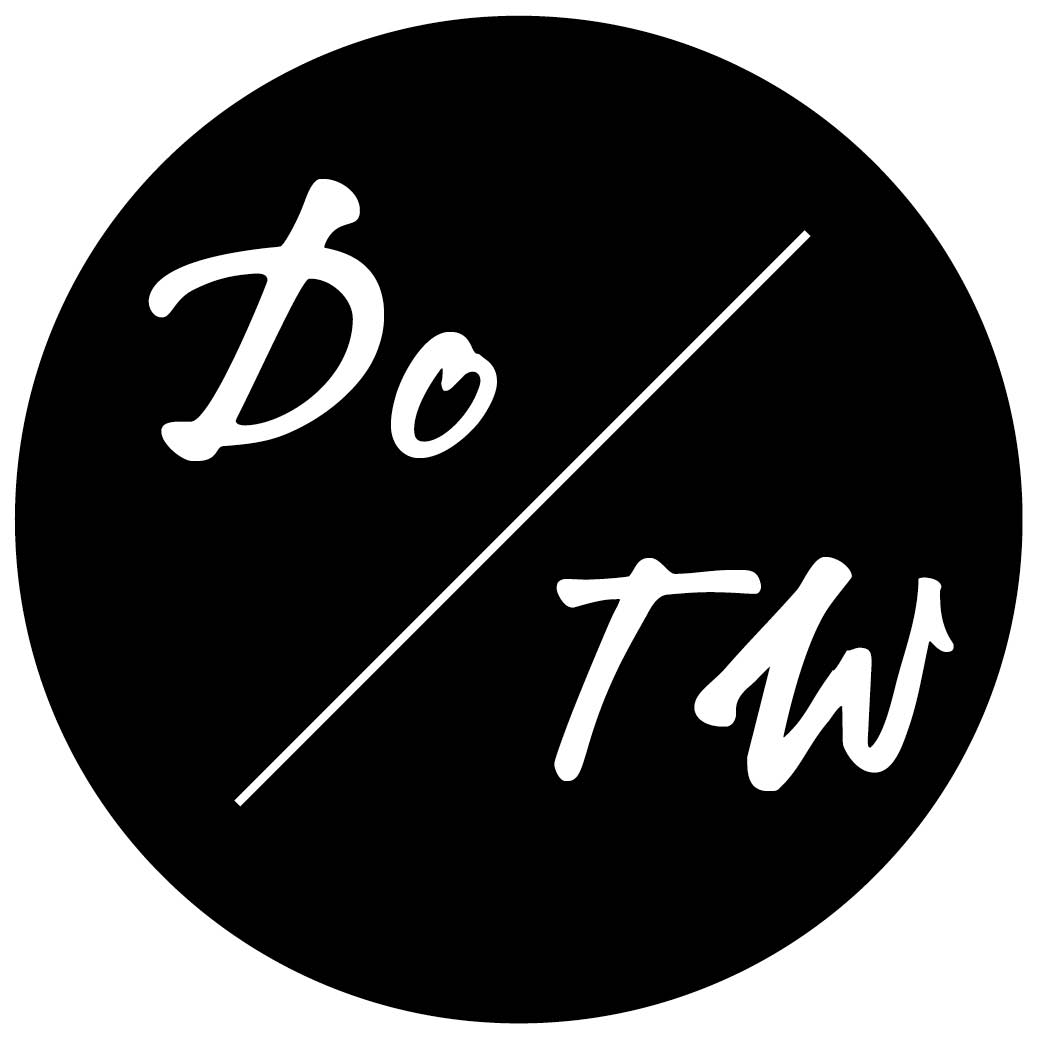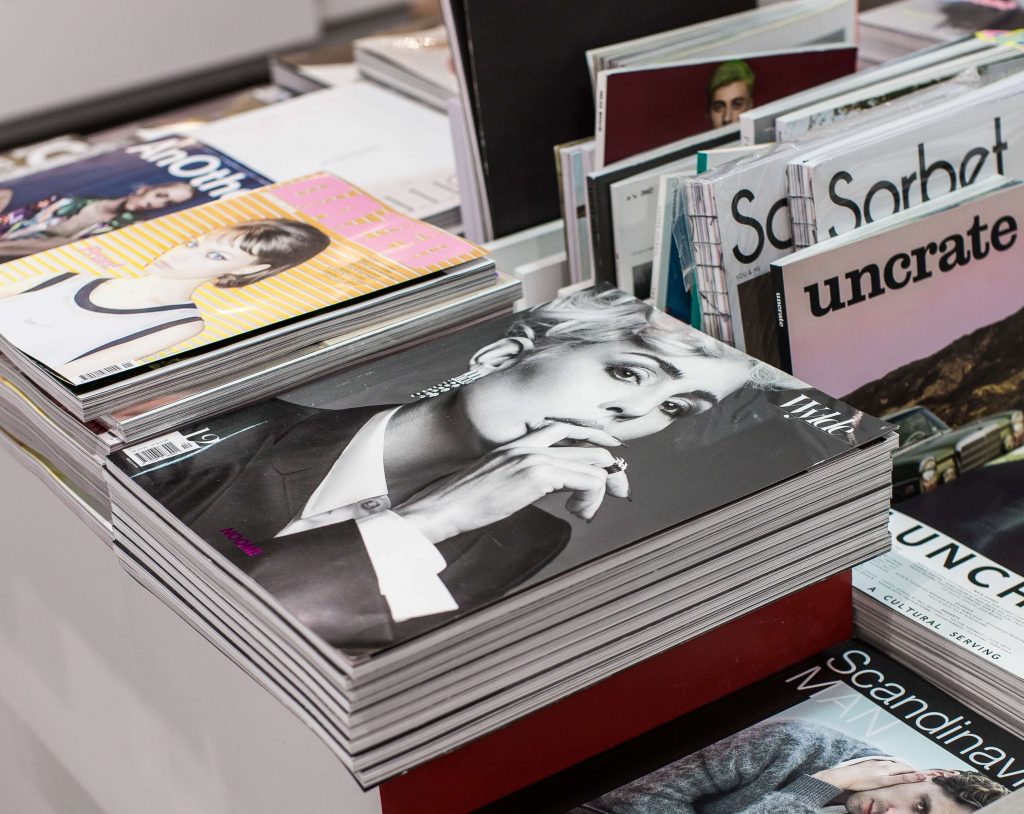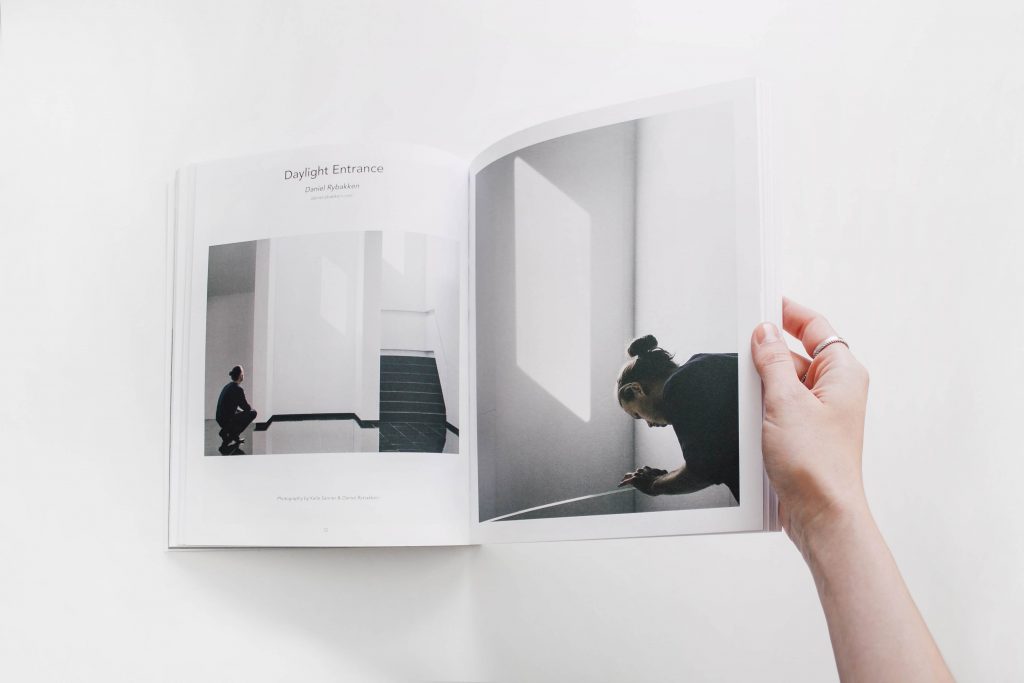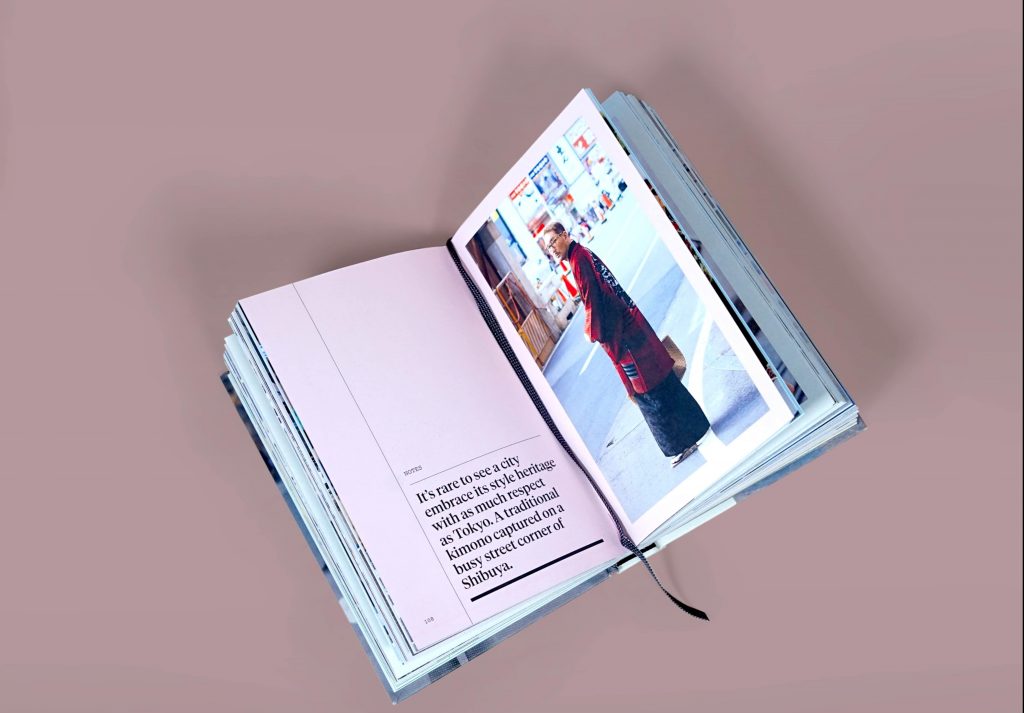All Posts in Category: Magazines
“I’ve sent three pitches to a magazine and keep getting the response that their content calendar is full. Should I keep following up or give it a rest for a while?”
We’ve got a new book out, 101 Things You Need to Know to Make it as a Travel Writer, that answers 101 questions that we hear from travel writers all the time that are holding them back from achieving their Dream of Travel Writing. To celebrate the new book, we’ll be tackling a new sticky travel-writing situation each Monday here on The Six-Figure Travel Writer blog.
“I’ve sent three pitches to a magazine and keep getting the response that their content calendar is full. Should I keep following up or give it a rest for a while?”
This question refers to a followup formula we recommend writers follow two weeks after they send a pitch to an editor.
Join Us This Week for Free Travel Writing Lessons on Crafting Magazine Pitches and Letters of Introduction
In the two years since we began running regular one-hour travel writing classes, we’ve covered more than 80 topics, including:
- how to land free trips
- how to get paid really, really well for your writing
- how to get on magazine editors’ good sides
- how to navigate every step of the process to land travel content marketing work, including phone calls and proposals
- how to keep your hourly rate down so your bank account goes up
- how to get work done on the road
- how to write, step-by-step, 15 different types of travel articles
- how to land guidebook and other traditional publishing deals
You can grab access to all of our past webinars (and a ton of other resources you can’t find anywhere else) with a subscription to our Dream Buffet or grab them one-by-one when you need them in our On-Demand Webinar Library for a set with the video, audio, transcript, and slides.
But we also air a free replay of one of our travel writing classes each and every weekday.
How to Pitch Five Magazines Looking for Itinerary Departments & Features (Edition II)
Welcome to the Friday Freebie Five, a new weekly feature on Dream of Travel Writing’s Six Figure Travel Writer blog.
Each week, we comb our Travel Magazine Database to bring you five magazine sections open to freelancers around a theme–front-of-book trend pieces, long-form first-person features, short narrative postcards–to inspire your pitches.
Whisky Advocate
“48 Hours” is a two-day itinerary to a different city, usually on in the U.S. These articles run from 1,000 to 2,000 words long and, after a short introduction, are divided into “Day 1” and “Day 2.” Recommendations are found within the second-person article and often include distilleries, breweries, bars, restaurants and the occasional café, museum or attraction. There’s a sidebar at the end of the piece which rounds up places mentioned in the piece giving the name and website for each. A few more recommendations may be included here such as a shop, tour, hotel, or further bar or restaurant. Destinations recently covered include Kansas City, Missouri; Nashville, Tennessee; and Tucson, Arizona.
“I really enjoyed your Idea-to-Pitch series, how can I adapt that for a magazine-first approach?”
We’ve got a new book out, 101 Things You Need to Know to Make it as a Travel Writer, that answers 101 questions that we hear from travel writers all the time that are holding them back from achieving their Dream of Travel Writing. To celebrate the new book, we’ll be tackling a new sticky travel-writing situation each Monday here on The Six-Figure Travel Writer blog.
“I really enjoyed your Idea-to-Pitch series, how can I adapt that for a magazine-first approach?“
I often talk about idea-first versus magazine-first pitching. Idea-first pitching is when you start from the subject matter rather than starting from the market. The idea can be for a trip or something you’ve seen around that you think would make a good magazine article. Sometimes it can be a trip that you have coming up that you haven’t gone on yet.
Join Us This Week for Free Travel Writing Lessons on Generating Article Ideas and Pitching Magazine Sections
In the two years since we began running regular one-hour travel writing classes, we’ve covered more than 80 topics, including:
- how to land free trips
- how to get paid really, really well for your writing
- how to get on magazine editors’ good sides
- how to navigate every step of the process to land travel content marketing work, including phone calls and proposals
- how to keep your hourly rate down so your bank account goes up
- how to get work done on the road
- how to write, step-by-step, 15 different types of travel articles
- how to land guidebook and other traditional publishing deals
You can grab access to all of our past webinars (and a ton of other resources you can’t find anywhere else) with a subscription to our Dream Buffet or grab them one-by-one when you need them in our On-Demand Webinar Library for a set with the video, audio, transcript, and slides.
But we also air a free replay of one of our travel writing classes each and every weekday.
How to Pitch Five Magazines Looking for Business Profiles (Edition II)
Welcome to the Friday Freebie Five, a new weekly feature on Dream of Travel Writing’s Six Figure Travel Writer blog.
Each week, we comb our Travel Magazine Database to bring you five magazine sections open to freelancers around a theme–front-of-book trend pieces, long-form first-person features, short narrative postcards–to inspire your pitches.
Australian Traveller
“Rewind” covers the history of an Australian company in about 500 words. In third person, the article goes into detail about the company’s past covering how it started, evolved and changed over time. These can be companies that have since gone out of business or ones still operating today, but usually they have had large significance to Australians at some point. Quotes from owners can sometimes be found, especially if the business is still operating. There is sometimes a news peg, such as an anniversary, and often important or memorable events in the company’s story are outlined. Further details are sometimes included at the end of the article such as the website and any event information if the company is still around. Recent examples include “Sun Never Sets,” which details the history of Sun Pictures, an open-air movie theater in Broome for its 100-year anniversary, “Cobb & Co: The History of Coach Class,” covering the transport service Cobb & Co who began transporting Australians via horse and cart in 1853, and “Ice Cream Evolution: Streets’ Summertime Legacy,” covering the ice cream company Streets, who also launched Australia’s first individual frozen treat, the Paddle Pop.
Does Your Travel Magazine Article Pitch Need Help?

In our webinars, retreats, and online pitching programs, I frequently talk about putting my “editor hat” on.
I don’t usually mean these literally–as in “it’s time to edit your work!” I actually mean that it’s time for some very tough love that you rarely get to hear: exactly what an editor would think if your pitch rolled into their inbox without warning.
“How do I know which editor to pitch at a travel magazine?”
We’ve got a new book out, 101 Things You Need to Know to Make it as a Travel Writer, that answers 101 questions that we hear from travel writers all the time that are holding them back from achieving their Dream of Travel Writing. To celebrate the new book, we’ll be tackling a new sticky travel-writing situation each Monday here on The Six-Figure Travel Writer blog.
“How do I know which editor to pitch at a travel magazine?”
There’s no hard and fast rule of who is the right editor to pitch at different travel magazines.
Join Us for Free Travel Writing Lessons on Using AP Style and Writing Magazine-Style Essays
In the two years since we began running regular one-hour travel writing classes, we’ve covered more than 80 topics, including:
- how to land free trips
- how to get paid really, really well for your writing
- how to get on magazine editors’ good sides
- how to navigate every step of the process to land travel content marketing work, including phone calls and proposals
- how to keep your hourly rate down so your bank account goes up
- how to get work done on the road
- how to write, step-by-step, 15 different types of travel articles
- how to land guidebook and other traditional publishing deals
You can grab access to all of our past webinars (and a ton of other resources you can’t find anywhere else) with a subscription to our Dream Buffet or grab them one-by-one when you need them in our On-Demand Webinar Library for a set with the video, audio, transcript, and slides.
But we also air a free replay of one of our travel writing classes each and every weekday.
How to Pitch Five Magazines Looking for First-Person Feature Sections
Welcome to the Friday Freebie Five, a new weekly feature on Dream of Travel Writing’s Six Figure Travel Writer blog.
Each week, we comb our Travel Magazine Database to bring you five magazine sections open to freelancers around a theme–front-of-book trend pieces, long-form first-person features, short narrative postcards–to inspire your pitches.
United Rhapsody
Feature article “First Person, Far Flung” is written in the first person and recounts a writer’s journey through an exotic place, such as the Swedish Arctic or Jamaica. It looks at places from a different perspective; whether a well-known person, the history or culture. The writer’s talk about their first-hand experience and meet local people along the way. The feature is a multi-page spread and can be up to 2,000 words with images interspersed throughout.









